The integration of machine learning in healthcare is transforming how medical professionals diagnose, treat, and manage diseases. This technology is becoming increasingly essential in predicting patient outcomes and enhancing clinical workflow. Algorithms are gaining increasing importance in hospitals and research institutions to aid in decision-making.
Patients also enjoy faster diagnosis, personalized care, and safer treatment. These developments promise to analyze large amounts of data. Machine learning in healthcare reveals those patterns that humans can’t identify.
This article examines thirteen real-life examples that show the potential of these technologies. All the examples emphasize the way in which innovation transforms the field of medicine. The future of medicine is one in which it is becoming more innovative and data-driven.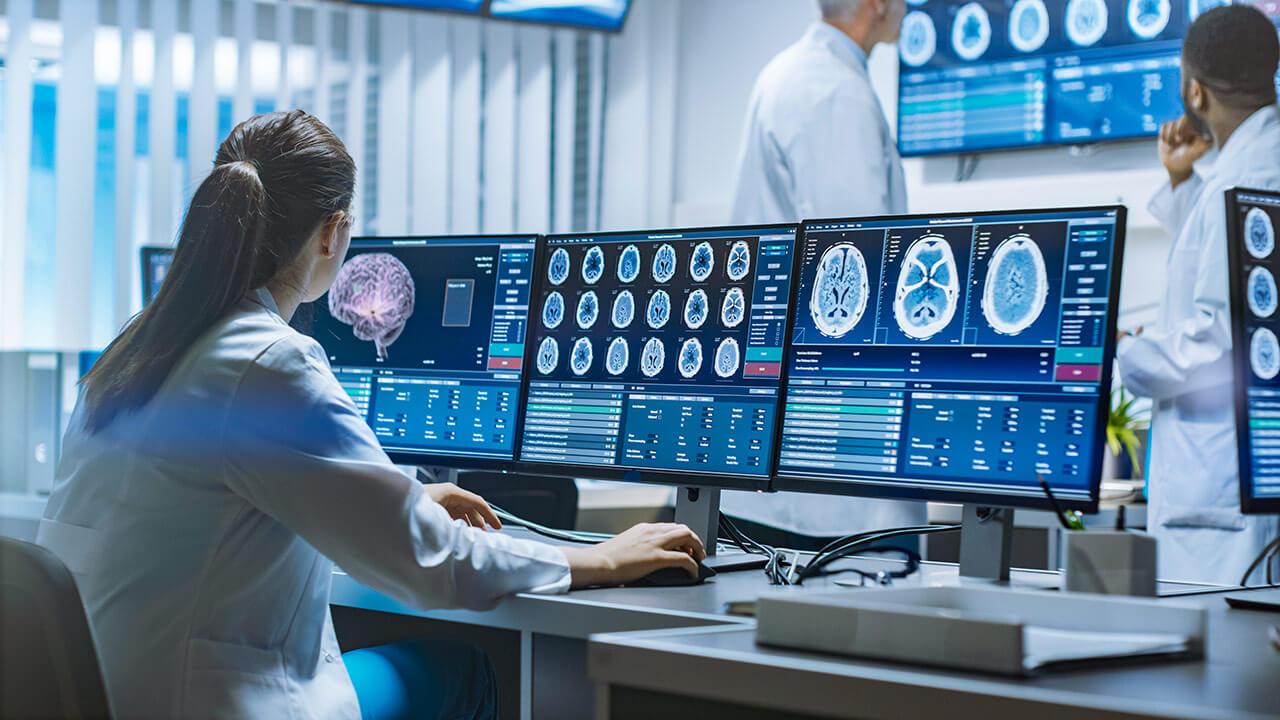
Predictive analytics involves using past data to predict the outcomes of patients. Hospitals use models to predict risks such as readmission or complications. Physicians enter earlier. Such insights not only save lives but also decrease the number of hospital visits. Predictive analytics is also helpful in resource planning.
For example, it approximates the number of ICU beds that may be required. With additional data, machine learning algorithms become more accurate. They take into account vital signs, laboratory results, and the patient's medical history. Healthcare providers take steps in advance to find risks. This approach to treatment is tailored to each individual and is highly effective. Predictive analytics demonstrates the way data-driven decision-making creates a safer medical system.
Medical imaging is one of the strongest healthcare machine learning applications. Algorithms interpret X-rays, MRIs, and CT scans with remarkable precision. They highlight areas of concern, such as tumors or fractures, often faster than radiologists. This reduces diagnostic delays and ensures early treatment.
Automated image analysis also reduces human oversight errors. In busy hospitals, this technology helps lighten the workload for radiologists. Researchers continually refine models to achieve greater accuracy. Some tools even detect diseases at earlier stages than traditional methods. Imaging analysis proves how machine learning enhances speed, safety, and accuracy in modern diagnostics.
Cancer detection benefits greatly from AI-powered tools. Algorithms analyze biopsy samples, imaging scans, and genetic data to provide accurate diagnoses. They identify cancerous cells earlier than traditional methods. It improves survival rates and supports timely interventions. Breast, lung, and skin cancers are areas where detection technology shows strong results.
These tools assist doctors rather than replace them. By flagging suspicious patterns, they enable focused attention. Patients receive treatment at earlier stages, when success rates are higher. This example highlights the lifesaving potential of machine learning in detecting one of the deadliest diseases.
Medicine is shifting towards precision care, rather than a one-size-fits-all approach. Machine learning tailors medicine to an individual's genetics, lifestyle, and medical history. Algorithms suggest the therapies that are more likely to be successful for any patient.
Individualized plans are also used to maximize dosages and check patient response. Systems continually improve recommendations by learning from large volumes of data. The outcome is better, safer care. Individualized treatment illustrates how intelligent systems are moving medicine towards the personalized needs of patients.
The conventional method of drug discovery is years and billions long. Algorithms screen chemical compounds for potential effectiveness against diseases. They foresee toxicity and side effects before human testing. It saves time and reduces cost wastage. Pharmaceutical companies utilize AI to expedite the discovery of promising drug candidates.
The pipelines to drug development are becoming shorter and more efficient. Machine learning minimizes trial and error, maximizing accuracy. This strategy will enable patients to access lifesaving medicines at an earlier stage, marking a significant breakthrough in pharmaceutical innovation.
This is another popular application among the AI in healthcare examples. Virtual nursing assistants support patients beyond hospital walls. They are algorithm-driven, responding to health inquiries, tracking symptoms, and issuing drug alerts. These robots decrease the burden on the healthcare personnel. Additionally, they are available around the clock to assist patients as needed.
Voice assistants also identify red flags and notify experts. They play a significant role in the management of chronic illnesses. Hospitals can function effectively while providing patients with reliable care. By integrating accessibility and intelligence, virtual assistants will enhance engagement, compliance, and the overall health outcomes of various groups of people.
Electronic health records (EHRs) are often cluttered and time-consuming to manage. Machine learning organizes and extracts valuable insights from these records. NLP facilitates understanding of the doctor's notes and the patient's medical history.
Algorithms also identify errors or inconsistencies, improving accuracy. Machine learning-enhanced EHRs can liberate physicians from administrative overheads. More creative record management increases efficiency throughout the healthcare ecosystem.
Disease outbreaks prediction is crucial to global health. Machine learning systems are used to analyze travel trends, environmental data, and historical records. They identify the abnormal spikes that indicate possible epidemics. Early notifications enable governments and hospitals to prepare.
Such models played a crucial role during the pandemic in tracking the spread of the virus. Seasonal flu patterns are also predicted using algorithms and inform the distribution of vaccines. Prediction of outbreaks saves lives because it averts large-scale crises. Public health planning is lifesaving when using these tools.
Clinical trials are lengthy and expensive. Machine learning improves recruitment, monitoring, and data analysis. Algorithms identify suitable participants based on genetic and health profiles. It ensures better matches and higher accuracy.
Real-time monitoring tracks side effects and responses more effectively. Automated systems reduce trial delays and costs. Researchers use predictive models to more accurately predict trial outcomes. It accelerates approvals and brings new medicines to market faster.
Chronic diseases require ongoing care. Machine learning enables continuous monitoring through wearable devices. Sensors track heart rate, glucose levels, and blood pressure in real-time. Algorithms analyze this data and detect irregularities. Patients and doctors receive alerts before crises occur. It prevents hospitalizations and improves quality of life.
For conditions like diabetes or heart disease, predictive monitoring is invaluable. It helps manage daily health decisions. Remote tracking also reduces pressure on clinics. Monitoring systems highlight how machine learning strengthens proactive healthcare. They empower patients to take control of their long-term conditions.
Hospitals benefit from machine learning beyond direct patient care. Algorithms predict staffing needs, bed occupancy, and supply requirements. It improves resource allocation and reduces waste. Predictive scheduling also lowers staff burnout. Operational models guide hospitals in managing patient flow effectively.
For example, healthcare technology innovations forecast emergency room demand. It ensures enough staff and equipment are available. Efficiency saves money and improves patient satisfaction. Hospitals can handle larger volumes with fewer errors. Smarter operations demonstrate how machine learning strengthens the backbone of healthcare. It supports both patient care and organizational sustainability.
Mental health care faces challenges like limited access and stigma. Machine learning supports early detection through voice and text analysis. Algorithms identify speech patterns linked to depression or anxiety. Mobile apps use these tools to monitor patient well-being. Systems also suggest coping strategies or connect users to professionals.
For therapists, AI provides progress insights. Patients benefit from more personalized support. These tools reduce barriers to care and expand reach. Mental health applications highlight the compassionate side of technology. Machine learning enables more people to receive timely and accessible psychological support.
Robotic surgery combines precision with intelligent support. Machine learning helps robots guide surgical instruments. The data on patients is analyzed using algorithms similar to those used in operations, allowing surgeons to make accurate decisions.
Healthcare robots minimize invasiveness, allowing for quicker recovery. They also reduce the human error in complicated procedures. Some platforms learn from past surgeries to enhance their performance. Patients enjoy safer and more effective results. 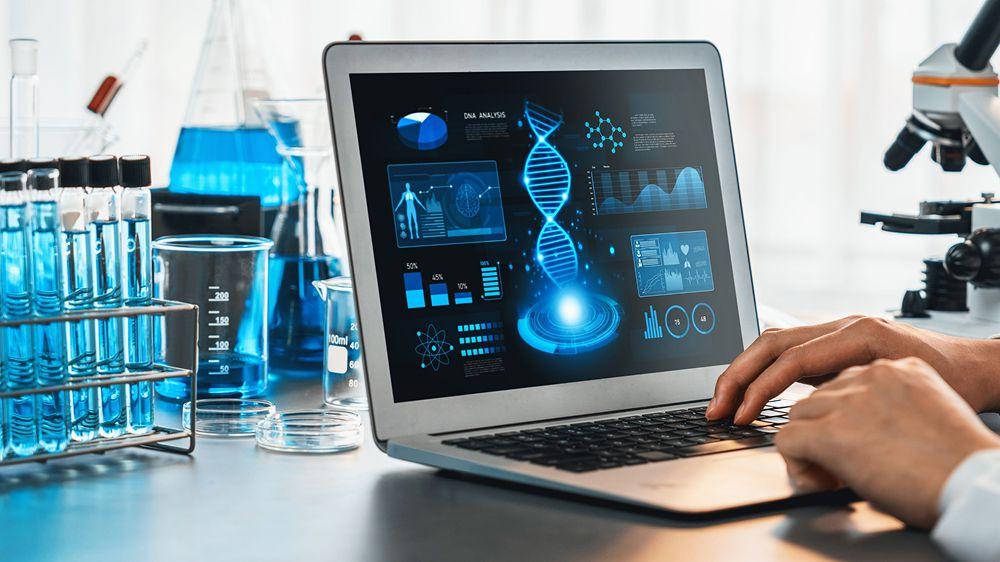
The AI in healthcare examples discussed above prove that progress is not just theoretical. These tools are already saving lives. Experts anticipate that the future of AI in healthcare will have an even greater impact, given its continued development.
As hospitals adopt more innovative solutions, the world moves closer to truly personalized medicine. Healthcare technology innovations ensure efficiency and sustainability in a demanding field.

Find how MapReduce powers scalable data systems, enabling efficient processing of massive datasets for modern enterprises.

Explore how evolving AI agents affect businesses, risks, and alignment, and why understanding their inner drives is crucial.
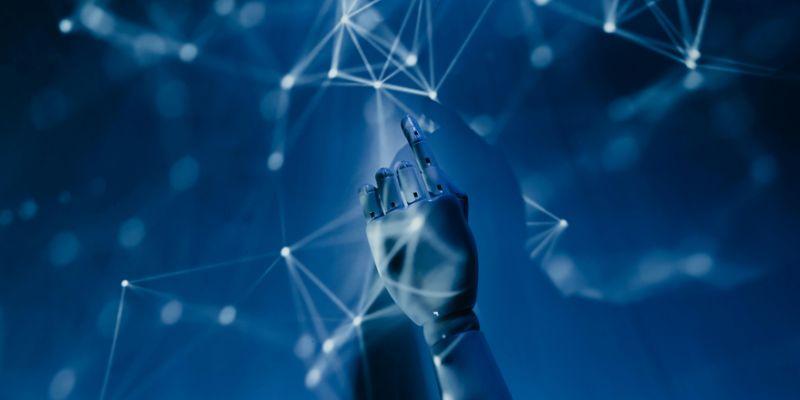
Learn how AI agents for sustainability improve productivity, streamline reporting, and revolutionise corporate operations globally.
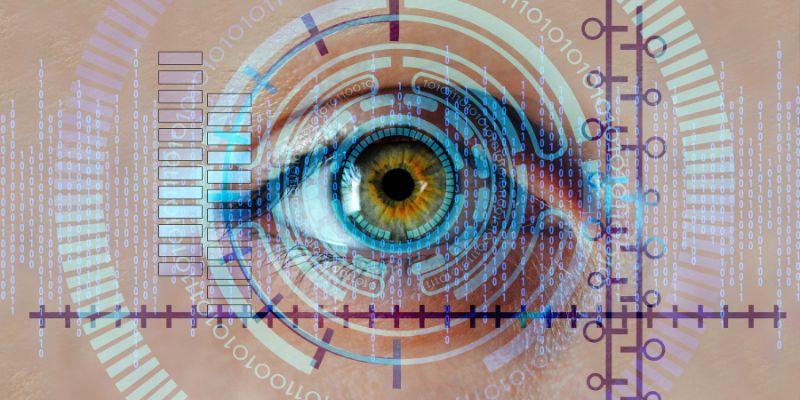
Discover the seven reasons which make convolutional neural networks (CNNs) unbeatable when it comes to image tasks.
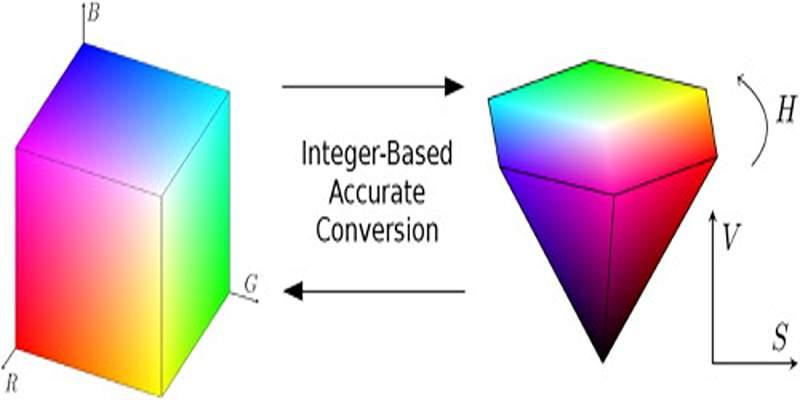
Understand RGB and HSV, why hue-saturation-value helps editing, and how to convert in both directions without banding or surprises.

Build accurate Excel data dictionaries by pairing OpenPyxl scans with AI agents for clear definitions, rules, and reviews.
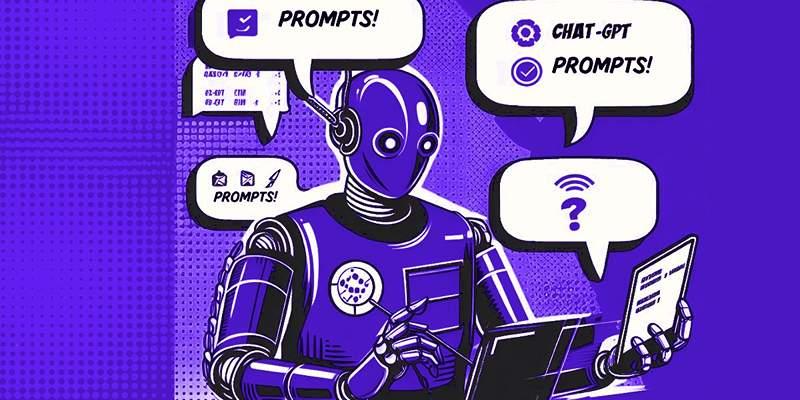
Learn how a GPT stylist reveals the secrets of clear, contextual, and creative prompting that leads to better AI outputs.
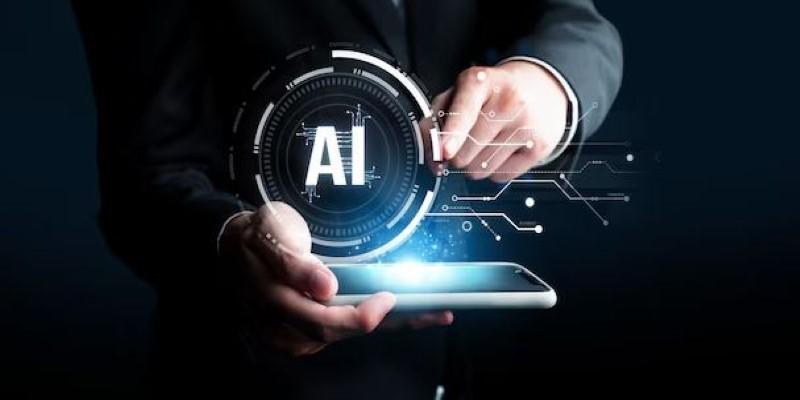
AI scam tactics are becoming harder to detect as artificial intelligence helps scammers create fake voices, emails, and messages. Learn how to recognize and stop these digital traps

How to use ChatGPT’s new image generator with this simple step-by-step guide. Learn how to turn text into visuals using the latest AI image tool from ChatGPT

Inheritance is a fundamental software engineering notion that assists data scientists in constructing reusable code and creating scalable and maintainable endeavors in order to succeed in the long term.
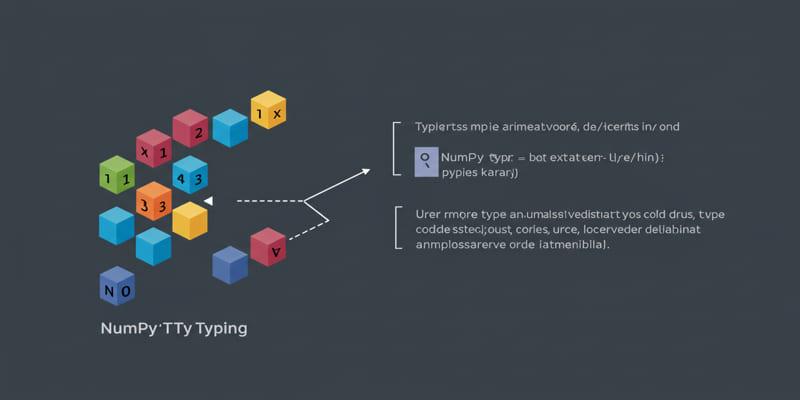
Use NumPy typing to annotate and verify NumPy array shapes and dtypes to enhance Python project correctness and maintainability.

Discover how Microsoft Power BI elevated my data analysis and visualization workflow, transforming insights and boosting decision-making efficiency.